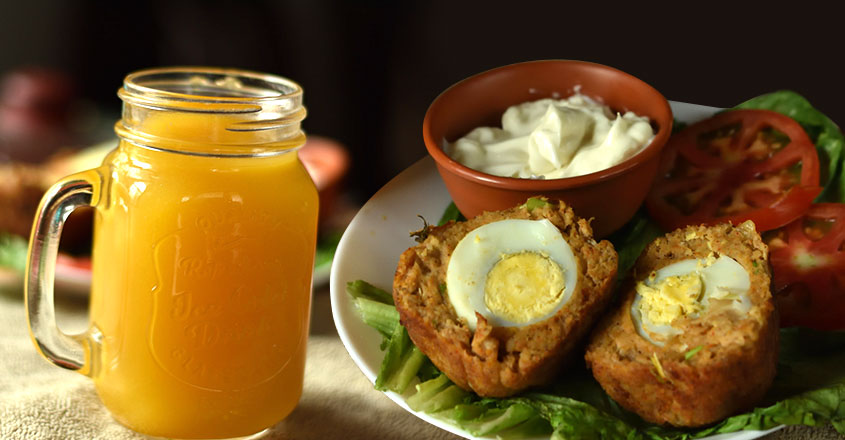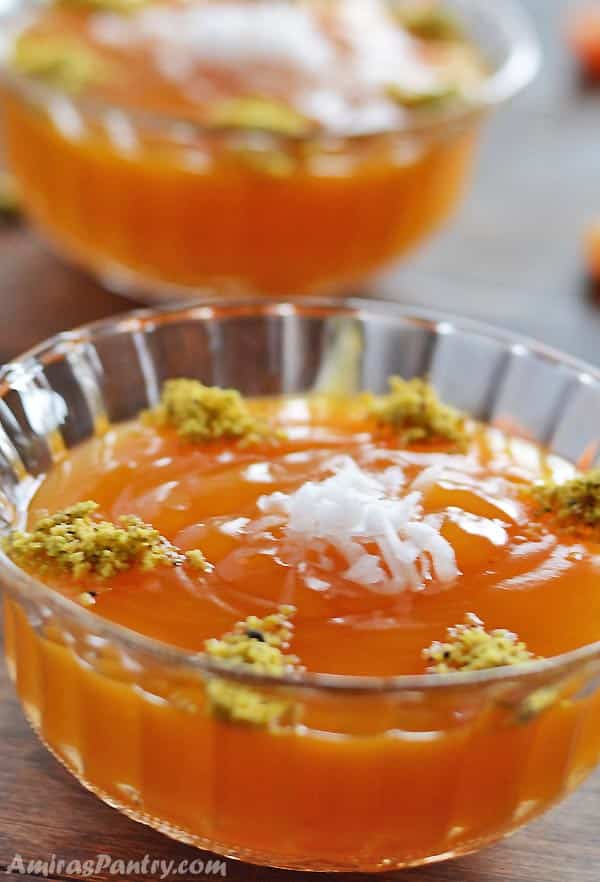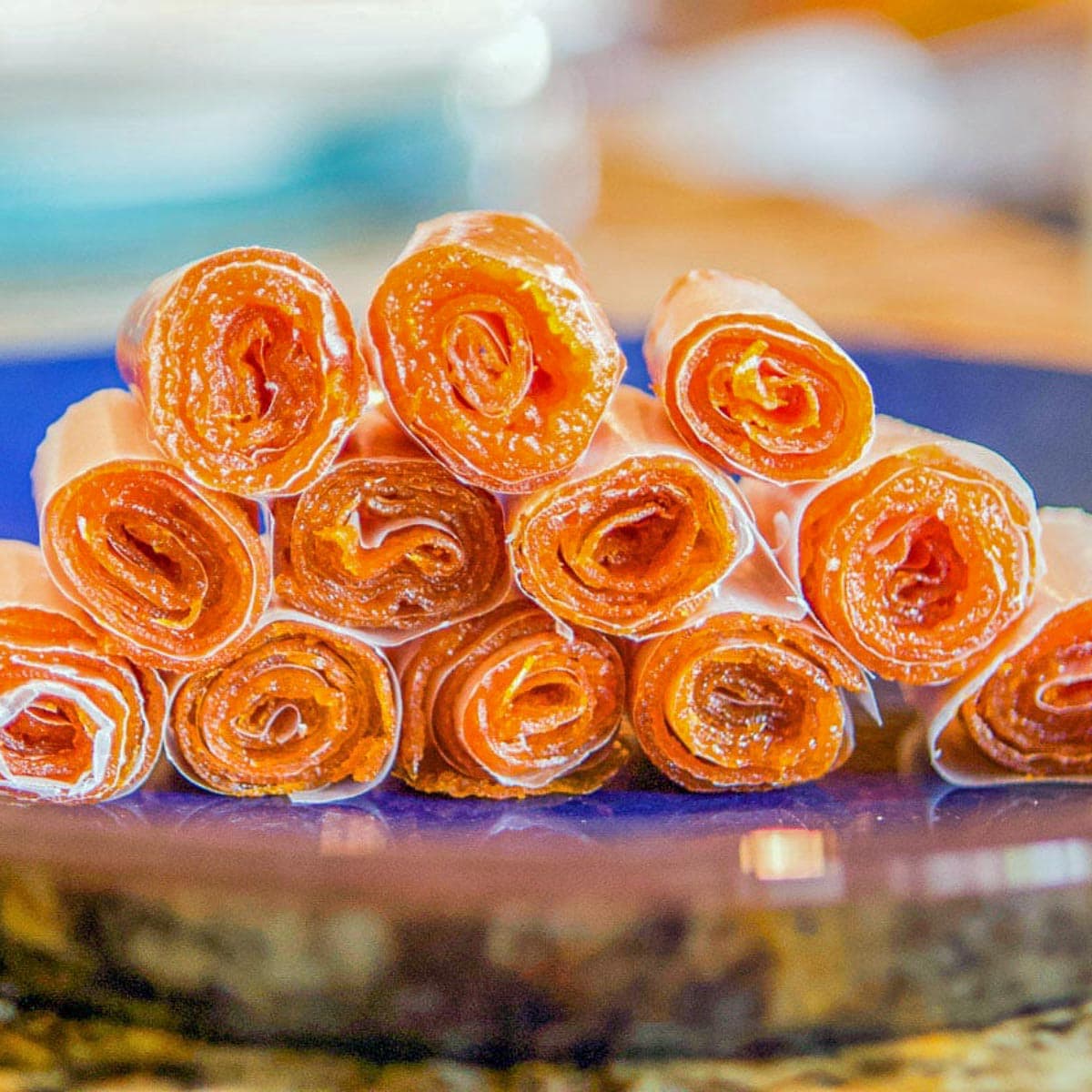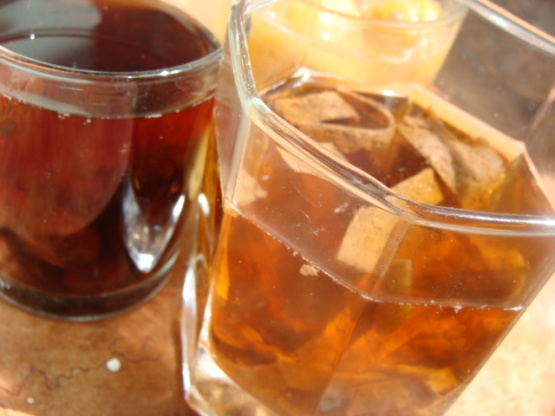Qamar al din
amar al din, qamar al-deen, قمر الدين
Qamar al-Din[fn 1] is an apricot fruit leather, which is popularly made into apricot juice or a nectar beverage from Arab cuisine famously consumed during the Muslim holy month of Ramadan. It originates from Syria and was first produced in the Ghouta, where the variety of apricots most suitable for qamar al-din was first grown. Qamar al-din is enjoyed across the Middle East and North Africa as well as in Somalia, though Syrian qamar al-din is still believed to be the best because the variety of apricots most suitable for making qamar al-din grows only in Syria and southwestern Turkey. Several theories have been proposed for the origin of qamar al-din's name. One theory holds that it was named for its inventor, a Syrian man named Qamar al-Din. He was said to have been so handsome that he resembled the moon (qamar, Arabic: قمر), hence his name. Another theory holds that apricot season coincided with the sighting of the new moon marking the beginning of Ramadan in the year when qamar al-din was invented. A similar theory, widespread in Egypt, traces the name's origin to a Caliph who was known to celebrate with qamar al-din upon seeing the crescent moon during Ramadan.
Source: Wikipedia
Recipes

Qamar al-Din and Nargisi kebab for iftar | Ramadan Recipes | Ramzan Special | Food | Manorama English
Arab Qamar al-Deen Juice Recipe (Apricot Juice) Traditional Ramadan Drink - Hello World Magazine




